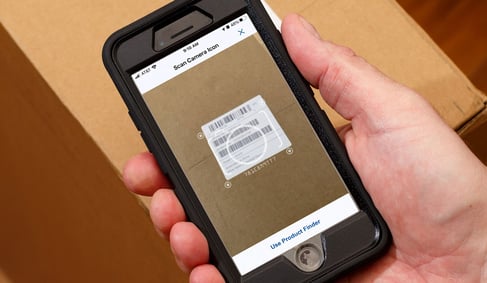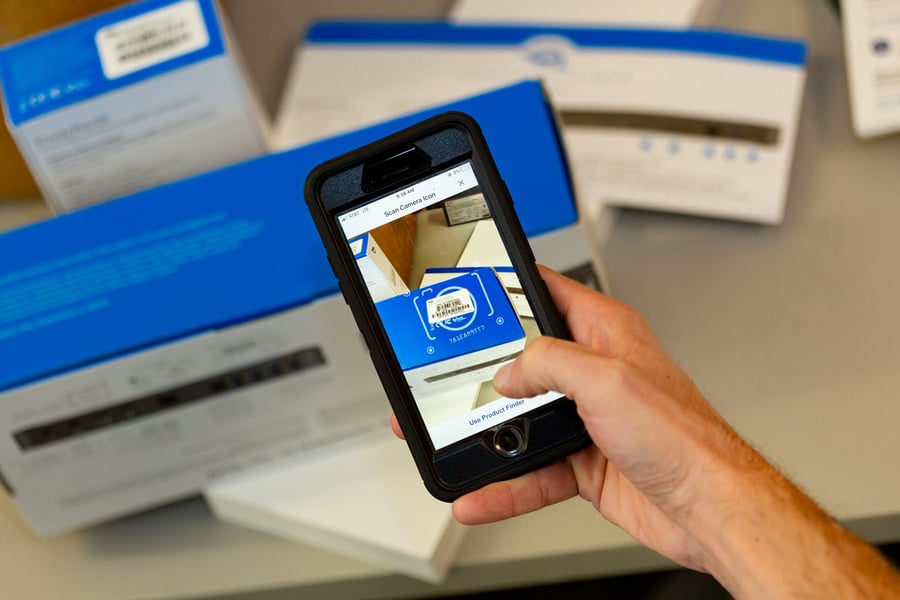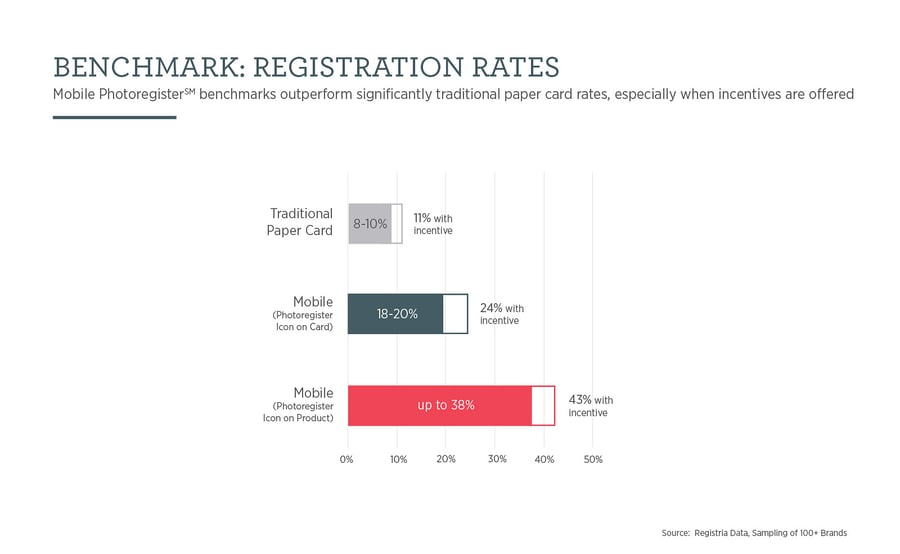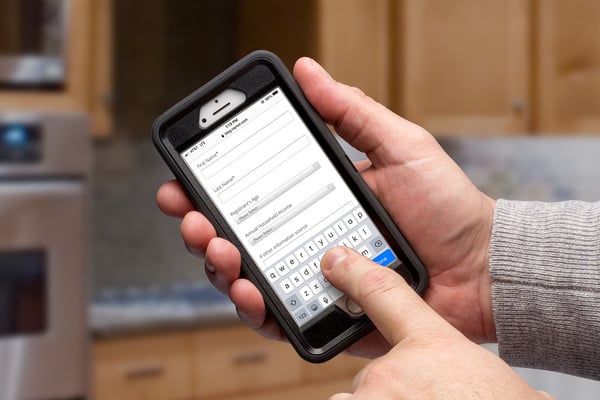
If your products involve a warranty, kudos to you for adding that special value to your brand. But is the way in which you register customer purchases making it possible for you to capture key insights and also to stay connected with your customers? For any company considering a content marketing program, a good place to apply its automated communication features is with your warranty registration process.
In the past, a post card or other printed form worked fine for customers to mail in their product registration. But more recently, online registration methods make it easier for customers to connect with you, and simpler for you to capture this data in a company database. Even more important, a thoughtful registration process – digital or traditional – can open the way for follow-on communications to delight your customer and give you the opportunity to tap into customer insights, inspire positive reviews and even to spark new product ideas.
With a well-planned registration process, the customer journey doesn't stop at the sale. Combined with marketing automation, it can continue to engage your customer. That can lead to repeat purchases, referrals, sales of accessories, service contracts and related products, plus a more personalized understanding of your customer segments and their experience. In effect, your brand gains the opportunity to service each customer as a unique individual based on their experience with your products.
Purchase registrations were once thought to be necessary for legal purposes: documenting product failures, enabling notification of recalls, authorizing product replacements and similar record-keeping. But because paper forms took time to fill out or were frequently lost, registration rates were typically very low. Often, only a few percent of buyers registered unless the dealer handled the process for them or there were special incentives.
Digital communications have changed all that, making product registration easier and quicker for the customer, boosting registrations and making it possible for brands to develop strategies that take advantage of current as well as historical data representing a more complete spectrum of buyers.
Method 1: Mobile Photo Registration
Among the most convenient registration methods, mobile photo registration allows customers to snap a cell phone picture of the product's model and serial numbers as printed on the package or the product itself. The image can then be emailed, messaged or submitted via a mobile app, which launches a web form that auto-fills all of the hard-to-key information.

Using mobile photo apps along with incentives, marketers can capture 3 to 4 times more registrations than with mail-in or desktop computer forms as reported by Registra, a company offering mobile app registration. Customer data can then be instantly pulled into a content marketing system such as HubSpot to trigger thank-you emails, follow-up offers, satisfaction surveys and other automated communications.

Source: Registria, Consumer Trends in Product Registration
Eliminating the need for customers to key in the product model number, serial number and other complex entries also encourages completion of the registration process. Registria reports that up to 44% of customers they have surveyed do indeed abandon the process on a desktop computer, while mobile photo registration achieves up to 91% completion rates.
Millennials and other younger segments in the nesting phase are heavy users of this technology, considering it particularly important to qualify for VIP and loyalty programs.
Multi-brand mobile photo methods are also available from sources such as Register App or PhotoRegister, going a step further in encouraging consumers to register and digitally inventory other products around the home, providing marketers with more completed registrations and potentially a broader perspective on buying habits of their customers.
Customer Privacy
How does this focus on customer data align with privacy concerns? However you may view the importance of customer feedback and insights, it is always good practice to have a privacy policy on your website. Many companies also share their policy periodically via email or postal mail. While publishing a policy on your website is not required by federal law in the U.S., some states including California, as well as the European Union have enacted their own online privacy laws that could affect your brand. Regardless, publishing a privacy policy expresses a measure of respect for your customers that is appreciated and expected.
In accord with how you define your policy, you can follow through with appropriate precautions related to data security. And any settings you apply on your website form fields can easily identify them as required or optional to be filled in at the customer's discretion.

Tip: To encourage form completion, consider making certain fields optional, not required. Examples: Buyer's age, education level, household income.
Method 2: Website Registration Forms
To further discuss the planning and use of website forms, we'll first say that this registration method provides many of the same marketing advantages as more sophisticated photo capture technology. While some of the information must be keyed in by the customer rather than captured by camera, all data can similarly be flowed instantly into automated communication workflows. Any number of follow-up touch points can be planned to improve the customer experience and, over time, collect more information from the customer if that is your interest.
Underscoring brand value, other activities can also be triggered by registrations. For example, one of our clients in the building products industry sends out a nice mailer with a branded key ring to each warranty registrant. It isn't an expensive gift. But this modest thank-you reinforces the brand and expresses sincere appreciation for the customer's business.
As your planned follow-up communications unfold, "smart forms," such as those offered by HubSpot, make it possible to have additional fields exposed to customers each time they visit the site and interact with other forms. The repeat visitor is detected, and any previous information is automatically filled in from prior visits. Only the new fields are blank, collecting additional information such as product ratings, reviews of instruction manuals, how frequently the product is used and other insights that can shed more light on customer satisfaction.
Method 3: PDF Forms
Most easily filled out on a tablet or desktop computer with larger screen, a pdf form is kind of a hybrid registration method combining formatting of a page form along with keyboard entry of information. Programmed in Adobe Acrobat as a form, it allows the user to tab through each field and use the keyboard on their computer or other device to fill in each entry.
When developed properly, the form can include special functions such as required fields and text formatting (for example, designating a field to accept numbers only). The finished document is then saved and submitted online, either directly as set up on the website or separately via email. It can also be printed and mailed if desired.
Collecting registrations in this manner does require scanning or manual input to the company's records. But it is a great way to ensure legibility of all information on the form.
Method 4: Paper Registration Forms
Are you still not feeling that digital or digital-only registration methods are right for your business? Post cards and other paper forms are still widely used, often in combination with online forms. For some industries requiring customer signatures as part of the registration, paper forms certainly facilitate that process, although Adobe® eSign or DocuSign™ can make that unnecessary as well.
Here are some tips for designing paper registration forms:
- Give explicit directions about requiring legible handwriting. Ask for a phone number that you can call for clarification of any hard-to-read statements, especially if your company is extracting and re-entering the information into a company contact database.
- To aid with legibility, make the entry lines and spacing large enough for bigger handwriting styles as well as for longer names and phrases.
- For Spanish, French or other languages, allow extra space for those entries as well. They can be 25-35% longer than English.
- Make it clear which fields are required vs optional. Color coding or other visual tagging of the entries can help.
- As mentioned above with respect to consumer privacy, use judgement in asking for personally identifiable information. And if you do ask for personal information such as household income, buyers' ages, education level, etc., consider making those entries optional.
- Ask questions that provide insights about the buyer’s journey, such as why and where they purchased, how or where the product will be used, or if it is a first-time purchase. You might also consider questions that dig a little further without being personal – for example, "What other products have you considered before buying this one?
Customer registration information is indeed a gold mine of useful customer information, not to be ignored. Perhaps you've been capturing this data for years and don't really know what to do with it. We'd love to help you analyze your historical data and offer some new registration methods that will monetize one of your most valuable assets.

